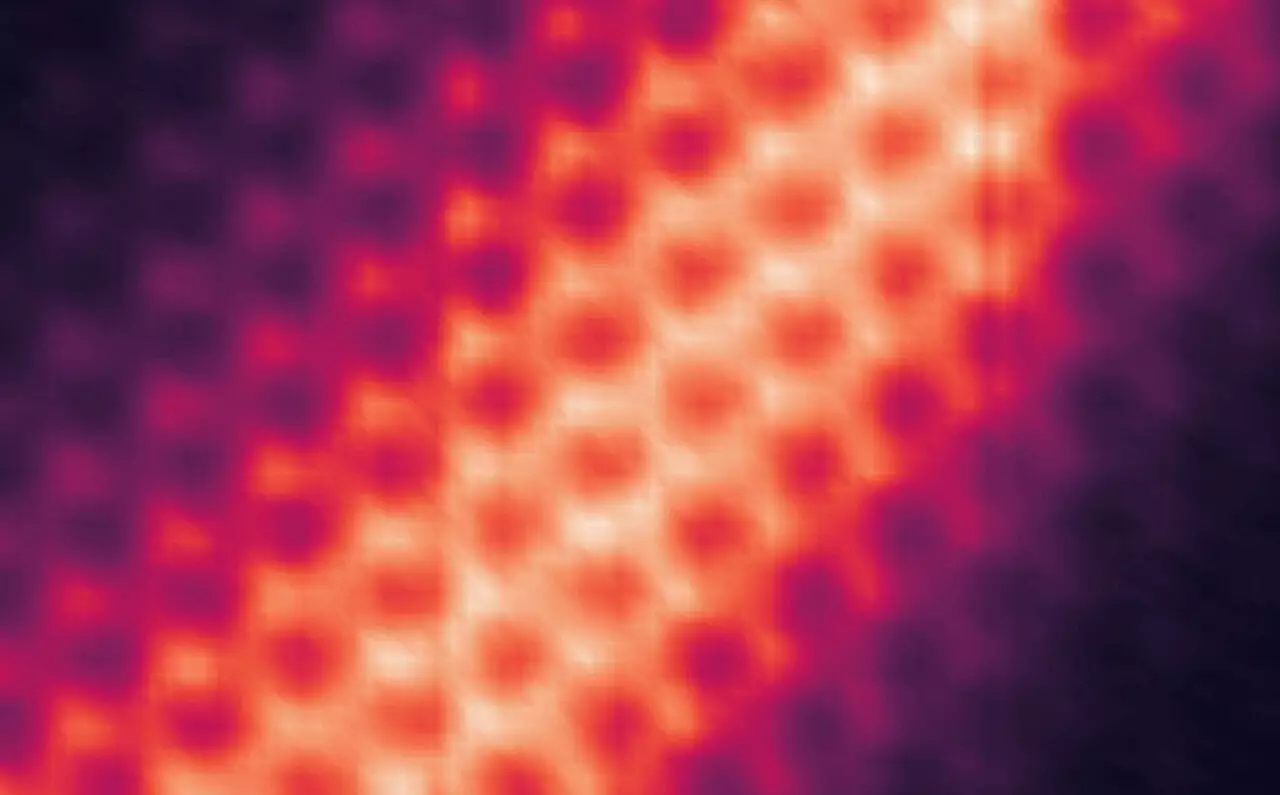A groundbreaking study led by Lawrence Berkeley National Laboratory has paved the way for significant advancements in quantum computing and energy-efficient electronics. The research team has successfully captured the first atomic-resolution images of a chiral interface state and demonstrated electrical control over this exotic quantum phenomenon. This innovative research opens up new possibilities for the future of technology and scientific exploration.
The chiral interface state is a conducting channel that allows electrons to travel in only one direction, reducing energy-wasting electrical resistance. Previous attempts to visualize these states in real materials have been challenging. However, the research team at Berkeley Lab and UC Berkeley has achieved a major milestone by directly imaging a chiral interface state at the atomic level. This breakthrough provides valuable insights into the spatial characteristics of these unique quantum phenomena.
To capture atomic-resolution images of the chiral interface state, the researchers utilized a device known as twisted monolayer-bilayer graphene. This device consists of two atomically thin layers of graphene rotated precisely relative to each other, creating a moiré superlattice that exhibits the quantum anomalous Hall effect. By employing a scanning tunneling microscope (STM), the team was able to detect different electronic states in the sample and visualize the wavefunction of the chiral interface state.
One of the most significant findings of the study is the ability to control and manipulate the chiral interface state. The researchers demonstrated that by modulating the voltage on a gate electrode placed beneath the graphene layers, the chiral interface state could be moved across the sample. Moreover, they showed that a voltage pulse from an STM probe could “write,” erase, and even rewrite a new chiral interface state where electrons flow in the opposite direction. This level of control over these resistance-free conducting channels holds great promise for future applications in microelectronics and quantum computing.
The implications of this research extend far beyond the realm of quantum computing. The ability to create tunable networks of electron channels with minimal energy loss opens up new possibilities for energy-efficient microelectronics and low-power magnetic memory devices. Furthermore, the exotic electron behaviors observed in quantum anomalous Hall insulators could revolutionize the field of quantum computation. The researchers are eager to explore the potential of their technique in studying other exotic physics, such as anyons, which could enable new pathways to quantum computation.
The groundbreaking research conducted by the international team led by Lawrence Berkeley National Laboratory represents a significant step forward in the field of quantum computing and energy-efficient electronics. By visualizing and controlling chiral interface states at the atomic level, the researchers have laid the foundation for future breakthroughs in technology and scientific exploration. This study opens up new possibilities for harnessing exotic quantum phenomena for practical applications, making it a landmark achievement in the world of quantum research.


Leave a Reply